Hi readers: There has always been a certain amount of confusion regarding CTAF and UNICOM as to purpose, use, and where to find the information on both. Well, it has to do with in and out traffic and flight safety at and in the vicinity of airports operating without a control tower.
Why is this so important? It is essential that all pilots be aware of and communicate with other traffic when approaching, departing, and in the vicinity of an airport without a tower since all the aircraft may not have a communications ability. To achieve the highest degree of safety, all of the radio-equipped aircraft must transmit and receive on a common frequency for advisories. CTAF (Common Traffic Advisory Frequency) is the frequency that must be used for this purpose. The CTAF's for each airport are listed on aeronautical charts or in the FAA Airport Facility Directory or in other appropriate publications. The CTAF can be obtained by contacting any FSS (Flight Service Station), and you can communicate on a UNICOM frequency or a published CTAF.
What is UNICOM? UNICOM is a nongovernmental air/ground radio communications station which may provide airport information for public use airports where there is no tower or FSS. UNICOM stations provide pilots (on request) with weather information, wind direction, the recommended runway, and other necessary information. If the UNICOM frequency is designated as the CTAF, it will be be identified in the appropriate aeronautical publication.
If an airport has a tower and it is temporarily closed or operated on a part-time basis and there is no FSS on the airport or the FSS is closed, then the pilot must announce his position and intentions on the CTAF. Where there is no tower, FSS, or UNICOM station on the airport, a MULTICOM frequency of 122.9 is used for self-announce procedures. If there is no tower, but a FSS is open, you can communicate with the FSS on the CTAF. In retrospect, the CTAF may be a UNICOM, MULTICOM, FSS, or tower frequency, which all can be found in the aforementioned directory.
There are established, recommended traffic advisory practices in FAR, Chapter 4: Air Traffic Control, that pilots should note and use.
CTAF and UNICOM are very important, also, to all pilots in flight since an emergency can always occur and the need to communicate with an airport becomes very necessary.
Wednesday, September 5, 2007
CTAF and UNICOM
Labels:
air travel,
Airline pilots,
airlines,
airports,
Aviation careers,
cargo,
CTAF,
FARs,
flight safety,
flying hours,
forecasts,
frequency,
FSS,
no tower,
traffic delay,
UNICOM
Subscribe to:
Post Comments (Atom)

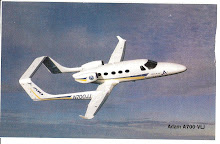

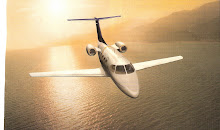


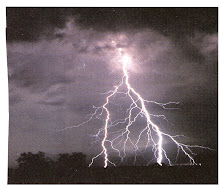

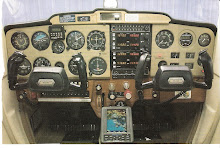
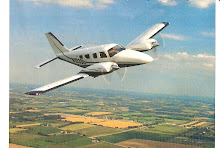
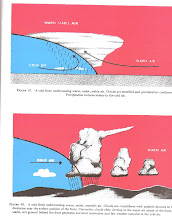
3 comments:
Easy for you to say. It's as clear as mud now. I'm a student pilot and very confused about the CTAF versus Unicom. Everything made sense to me until I hit the, "If an airport has a tower and it is temporarily closed or operated on a part-time basis" section. Everything after that is a blur.
Thanks for this - very helpful!
Dear Mr. Shaw:
This is an important article, thank you for writing it. I suggest, however, you did not go into enough detail regarding how to determine the one CTAF (Common Traffic Advisory Frequency) for an airport. I have noticed some confusion in this area.
The sectional legend states (c) is "Common Traffic Advisory Frequencies" (plural). I assert this in an error in the legend, as there can/should be only one CTAF. The legend (and the AIM) also fails to state which frequency the (c) is referring to, although experience indicates it is the preceding frequency.
Long Beach CA is a good example with a CTAF of 119.4 (primary tower frequency, Rwy 30 apch). The other tower frequency of 120.5 (Rwy 12 apch), or the Unicom frequency of 122.95, are not the CTAF.
Because determining the CTAF via a sectional legend is at best, confusing; not properly addressed in the AIM; and since most pilots do not fly with an airport/facilities directory on board; discussing how to interpret the sectional correctly to determine the CTAF would be appropriate for your article.
Pilots should be able to land safely at any airport along their route of flight. Being able to properly interpret a sectional is an important skill.
Thank you again for writing this article and helping pilots to fly more safely.
Fred Young, CFI-AIM
Post a Comment